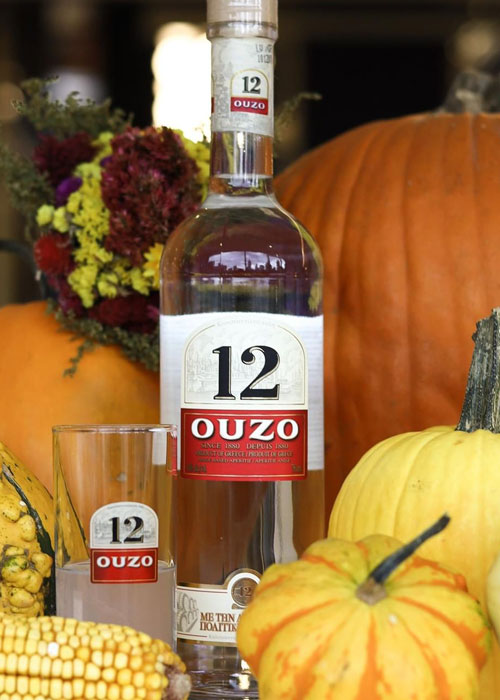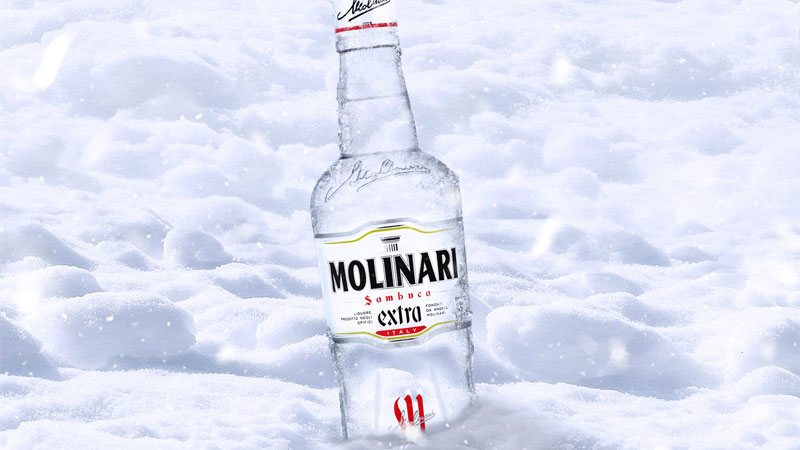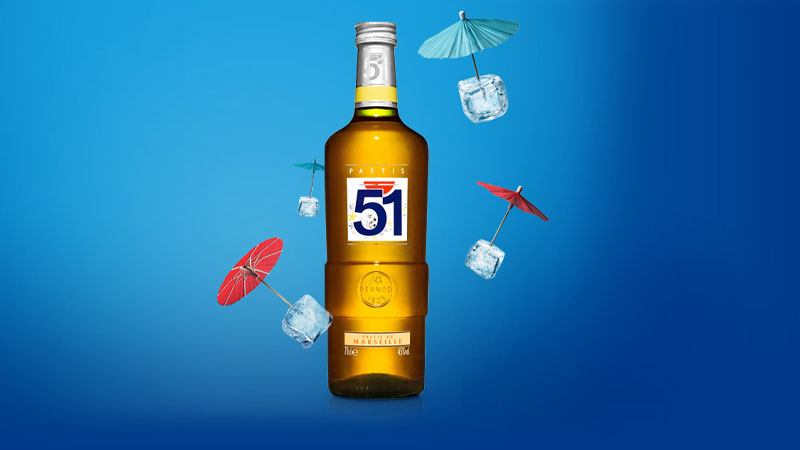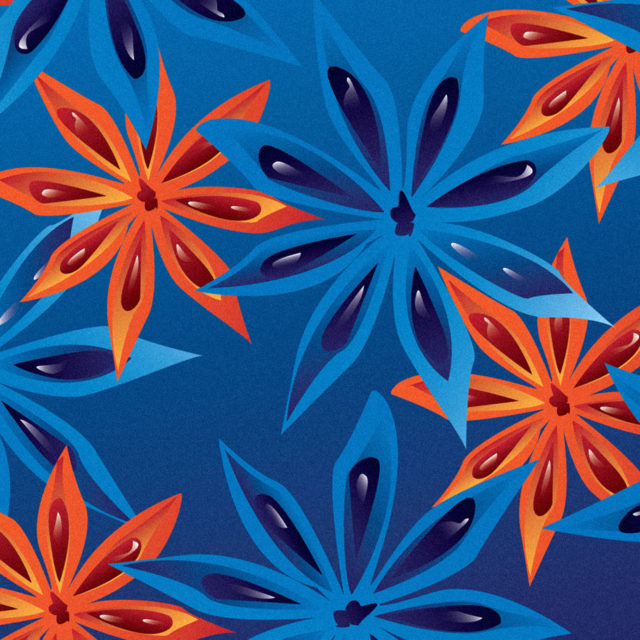Absinthe is a household name, as lauded for its anise-and-wormwood licorice kick as its sordid history. Yet, absinthe is far from the only anise-flavored spirit. From the Middle East to the Mediterranean, as well as central Europe, nations around the world make anise spirits and liqueurs, each similar yet simultaneously celebrated for their distinct cultural significance.
Below is a guide to the world’s most well-known anise spirits and liqueurs, including ouzo, sambuca, pastis, and the lesser-known-to-us raki, arak, and Chinchón.
Ouzo (Greece)

Ouzo, the anise spirit of Greece, is an assertively licorice-flavored clear spirit that hangs around the 40 percent ABV range (by law, it has to be at least 37.5 percent ABV, or 75 proof). The spirit is made by distilling grape-based tsipoura, similar to Italy’s grappa, and is then flavored with anise along with such common co-stars as fennel, coriander, clove, cinnamon, and star anise.
(Anise and star anise, while similarly named and flavored, are actually completely different plants. Anise, or aniseed, is a plant whose seed is used in European, Mediterranean, and Middle Eastern cuisine, while star anise is a plant native to China.)
You may recall ouzo being cloudy and white, rather than clear — this is called the louche effect, or “the ouzo effect,” and occurs when the spirit is mixed with water. This is a common way to enjoy the drink over ice, usually alongside a meze platter or meal.
In 2006, ouzo received Protected Designation of Origin from the E.U., meaning it can only be ouzo if it’s made in Greece, where it’s been produced since 1856. Popular brands of ouzo today include Metaxa, Ouzo 12, Pilavas, and Barbayannis.
Sambuca (Italy)

Sambuca is the sweetened anise-flavored liqueur of Italy, served neat or with water. An Italian specialty is serving a shot with coffee beans — three, to be exact — a preparation known as “con la mosca,” or “with the fly.”
Molinari Sambuca, established in 1945, is perhaps the best-known sambuca brand. It’s an Italian household regular, and was even authenticated by the Italian government as the superior sambuca of Italy in the 1960s. Molinari’s recipe is safely guarded, but is said to include star anise oils from China and sugar and wheat for grain spirit sourced throughout Europe. Luxardo, the famous Maraschino makers, also produce a popular sambuca, as does Antica.
Sambuca reportedly gets its name from the Latin word sambucus, meaning “elderberry,” and has no relation to the Italian town of the same name.
Pastis (France)

Possibly the anise liqueur most often referred to as an absinthe alternative is the Provençal pastis, distilled with star anise, fennel, licorice, and other aromatic herbs, then added sugar.
The spirit swooped in as the national drink of France as the “green fairy” flew out, mainly due to the latter’s production and sale being illegal for many years. But pastis, lighter than absinthe and often consumed “louched” over ice, is considered smoother and more mellow than other anise spirits. Of course, it really comes down to personal preference. Both Pernod and Ricard, now jointly owned by Pernod Ricard, produce distinctive pastis labels.
Raki, Arak, and Arrack (Turkey, Lebanon, Israel, and the Middle East)
Anise spirits of similar makeup and ritual exist throughout the Mediterranean and Middle Eastern regions. Turkey’s raki is made with twice-distilled grapes and aniseed, and is a go-to spirit for celebration or serious discussions. According to lore, the proper preparation and setting of a raki session depends on the occasion.
A more potent option is Lebanon’s arak, also seen as “arrack” throughout the Middle East. It’s described as either herbal, grassy, and peppery, or fruitier with a hint of grappa, depending on the makeup. Like its other anise-flavored brethren, arak is best enjoyed diluted and chilled.
Chinchón (Spain)
Spain’s Chinchón is an anise liqueur produced in Chinchón near Madrid. According to González Byass, Chinchon’s exclusive distributor, the distillate is made using Matalahuga green anise sourced from Seville, Spain, and uses a 17th-century production method. The drink is made by macerating the anise plant in wine, then distilling the solution in copper stills. Its labels include the traditional Chinchón, Chinchón Sweet, and Chinchón Dry. Geographic Denomination of Chinchón was recognized in 1989.
